Renaissance Dress
Are you planning to attend a Renaissance re-enactment? If so, you should know a bit about Renaissance dress. A lot of clothing, during the Renaissance period, revolved around the use of linen.
In the early part of the sixteenth century, dress was actually similar to medieval times. Early Renaissance women often wore a linen chemise. A chemise is an undershirt, which often accompanied a kirtle. A kirtle is a long, simple frock. It was similar to a petticoat, with a full skirt, sleeves and a tight bodice.
Remember, when you’re looking for Renaissance clothing, around that time colors were generally strong and dark. While linen was important, black velvet was also an important fabric of the time. Meanwhile contrasting white linen was used a lot for wrist and collar ruffles. So, while it wasn’t always the main component, linen was an indispensable fabric of the time period.
As the Renaissance era progressed, fashions changed. During the later Renaissance, from 1520 to 1650, fashions lost their medieval look entirely. Around that time, slashing became popular and linen became even more prominent.
Slashing was the practice of cutting slits in outer fabric and pulling the inner fabric, usually linen, through the holes. The effect was a puffy look, which was seen as a good form of decoration during the time period. Sometimes the slashing was done in a deliberate pattern. Often, it was quite detailed. However, by 1650 slashing still existed, but usually as long vertical lines, not patterns.
Since slashing became such a fashion craze during the renaissance era, men and women’s linen chemises (under-shirts) were suddenly not just for practical use. Something that was formerly hidden suddenly became a main focal point. As a result, linen chemises became more decorative. The linen chemises were decorated with lace frills, which changed through the ages. This, believe it or not, prompted the creation of the modern necktie.
For women, especially, there were many other uses for linen in clothing during that era. Whether they were wearing linen collars, called collet monte of rotonde, or wearing a linen headdress, called a cornet, they needed linen. Of course, they also wore linen drawers (underwear) and coarse linen underskirts, known as farthingales or vertugadins. So, linen was really vital for the women of the time period.
The biggest change in linen clothing for men during the Renaissance was that men’s breeches became longer. Linen breeches were a bit like boxer shorts. They grew in length during the Renaissance period, so they were eventually decorated in a similar way to chemises.
When you are planning to attend a Renaissance re-enactment, keep all of those things in mind. Although these days it is not always possible to find the exact fabric colors used in olden days, you can certainly find suitable substitutes, if you know where to look. You can find most of the linen fabrics in matching Renaissance colors for your re-enactment project at www.fabrics-store.com!





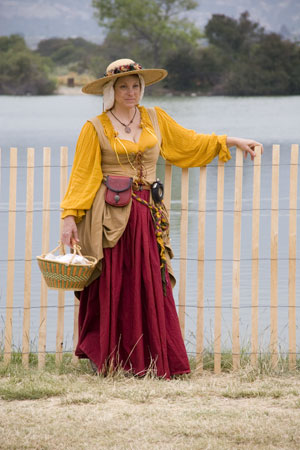


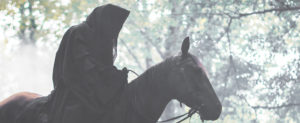











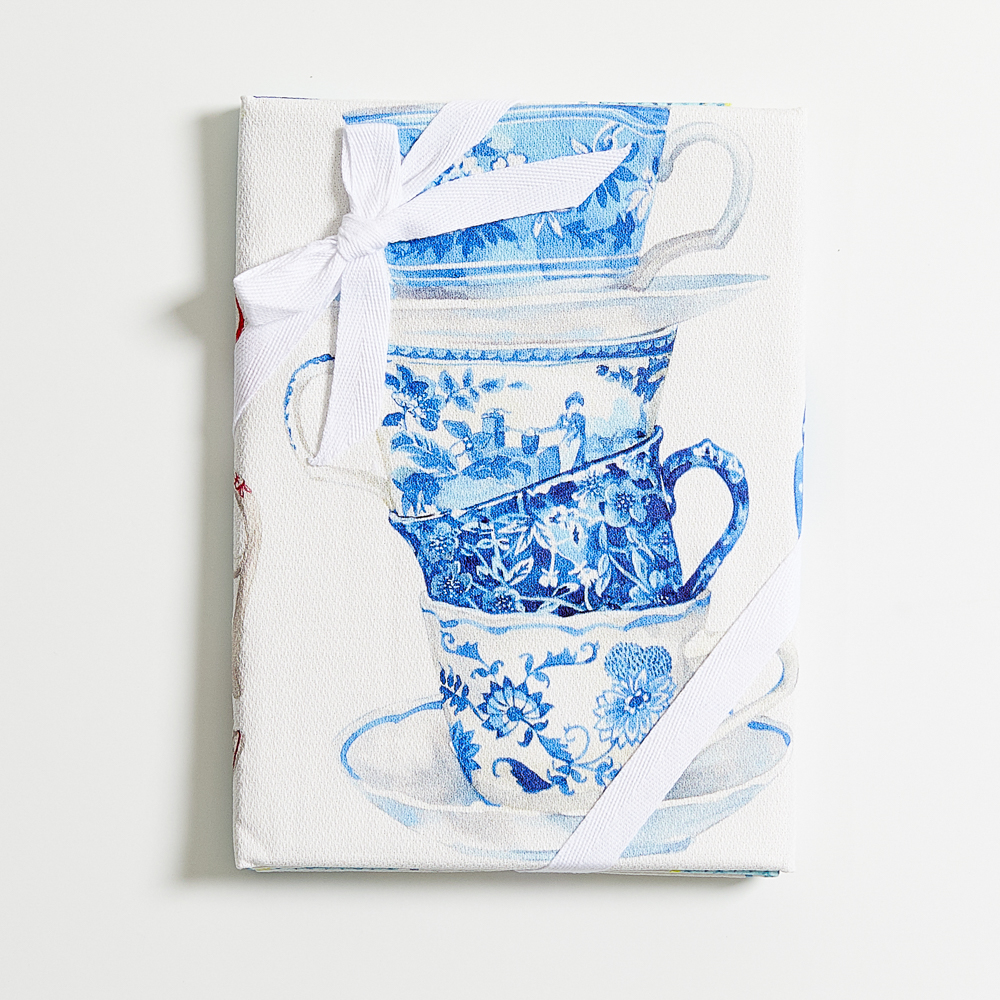


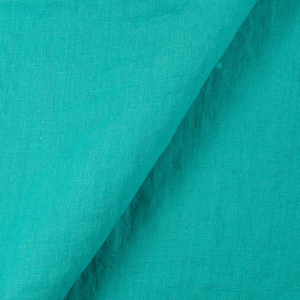






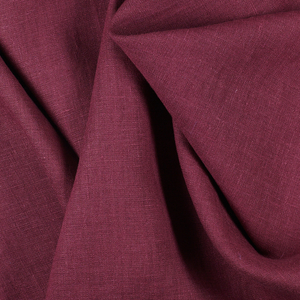
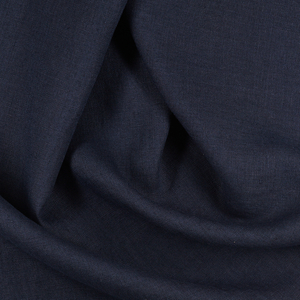



















2 Comments
Rick
Slashing only became popular among commoners, because law makers at the time passed laws that only allowed lower classes to wear 1 color. Slashing was the act of rebelling against this law
Merilyn Rocks
I’m wondering if anyone might know where I can find a pattern for “flashing” fabric. I came upon a quilt in a 1983 copy of Decorating & Craft magazine but sending for the pattern after all these years ( no phone or site) probably wouldn’t work out. Rick knows that it’s the layering of fabrics before slicing them but the sewing of the grid work is what I need to know. Thanks so much, Merilyn Rocks